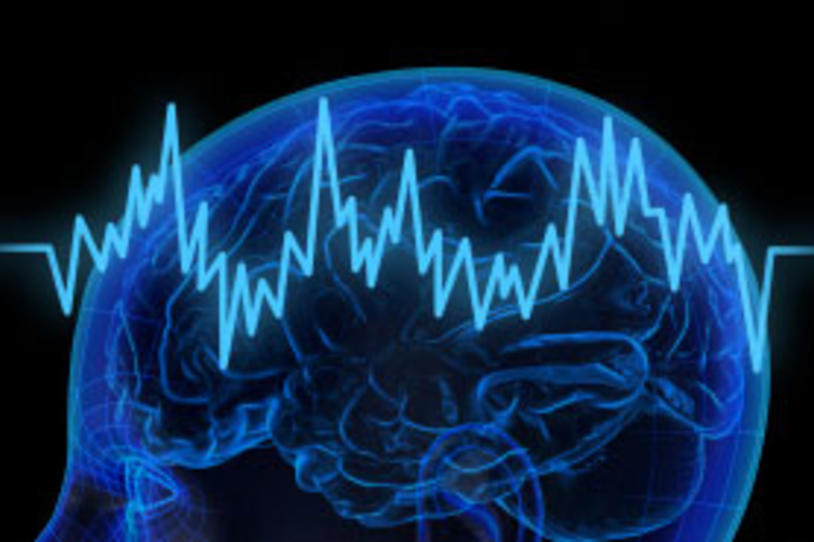
Neurologists in Europe now have a new tool for conducting Deep Brain Stimulation (DBS), a surgical treatment used to reduce "on/off" fluctuations and dyskinesia in people with Parkinson’s. It’s the third such DBS technology to be approved for use in the Old World; by comparison, only one system can be used by doctors in North America.
The new system, called Vercise, is unique in that it allows physicians to selectively control the electric current delivered through each individual electrode emitted from the device. This might help doctors to better control where the electric current goes in the brain, which could have implications for improved treatment for patients.
“Vercise marks an important advance in DBS technology, as it provides a new option for physicians implementing the procedure,” explains DBS pioneer Andres Lozano, MD, PhD, professor of neurosurgery and head of applied and interventional research at Toronto Western Hospital.
The verdict is still out as to whether Vercise might be more effective than existing devices, he says, because manufacturer Boston Scientific has yet to perform studies that show that it does.
But the company has shown to European regulators that their product is at least equivalent to those that exist on the market. For now, deciding whether to use the system or another one is a matter of choice.
“It’s like with cars,” says Lozano. “We have a choice between buying from Ford or General Motors, and sure, the cars may work in slightly different ways. But in the end, they perform the same task.”
Boston Scientific must conduct more stringent tests than they did in Europe to gain approval by the Food and Drug Administration in the U.S., and for this reason, the device will likely not emerge onto the American market for some time. These tests could also offer further insight into its efficacy.
Still, says Lozano, the addition of any new DBS devices on the world market is big news for the field. New technology drives competition, which drives innovation, which leads to better treatment options for patients.
Looking at the big picture, Lozano foresees several major developments over the course of the next five to ten years which could dramatically improve the efficacy of DBS.
One, manufacturers are refining how the electric current used in DBS is delivered to specific areas of the brain that, when stimulated by the current, lead to positive effects. Lozano likens this idea of “sculpting the electric current” to custom fitting a fine suit – Not everyone wears a 42 regular he says. Each of us is different, and requires certain specifications to get the perfect fit; when trying on suits, or using DBS technology to treat a condition.
Further miniaturization of DBS devices is also inevitable. Before too long, the battery for the device, which now is surgically inserted in the chest, will be small enough to be placed in the skull, which means less surgery for patients.
Companies are also working on new technology that will allow the battery to be turned on and off when patients need electric current, and when they don’t. Patients might be able to manually “medicate”, and turn on current only when they need it. Or better yet, similar to the thermostat in our homes, the devices could be designed to only engage when certain signals in the brain drop to a level where disease symptoms are at their worst. This DBS “thermostat” could then automatically shut off the device when signals in the brain regain a level where symptoms are more manageable. Being able to turn off current when it’s unnecessary could help limit unwanted side effects.
DBS isn’t for everyone, but it can be an effective treatment for those who qualify, and are willing to undergo brain surgery, a nontrivial decision. In this News in Context feature from last fall, read the perspective of two patients: Ian Pearson, of Toronto, Canada, who underwent DBS 10 years ago, and Anthony Farinella, of Monroe, New Jersey, who was readying to begin the process.
NOTE: The medical information contained in this article is for general information purposes only. The Michael J. Fox Foundation has a policy of refraining from advocating, endorsing or promoting any drug therapy, course of treatment, or specific company or institution. It is crucial that care and treatment decisions related to Parkinson's disease and any other medical condition be made in consultation with a physician or other qualified medical professional. Every patient is different, and responses to treatments like DBS may vary.